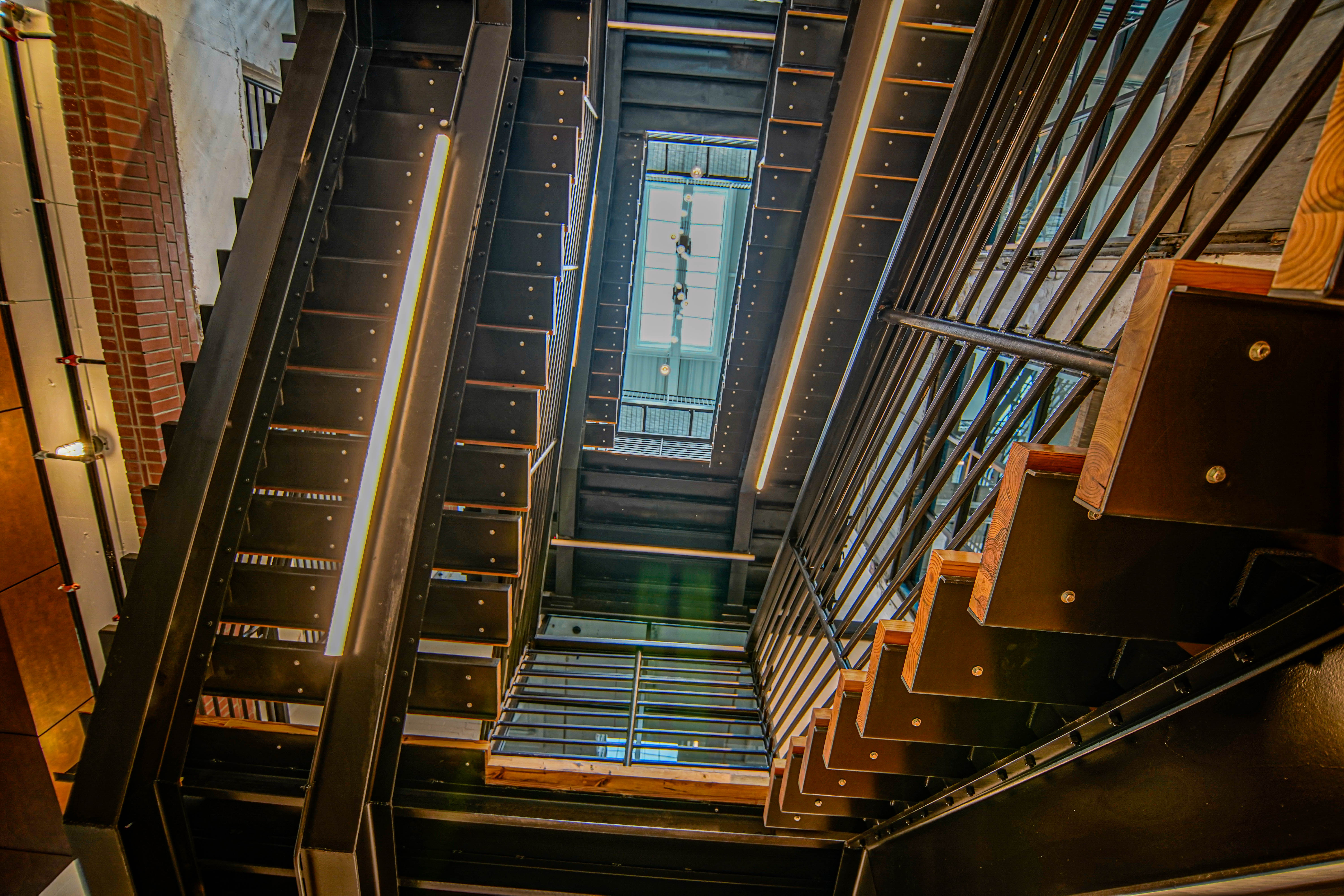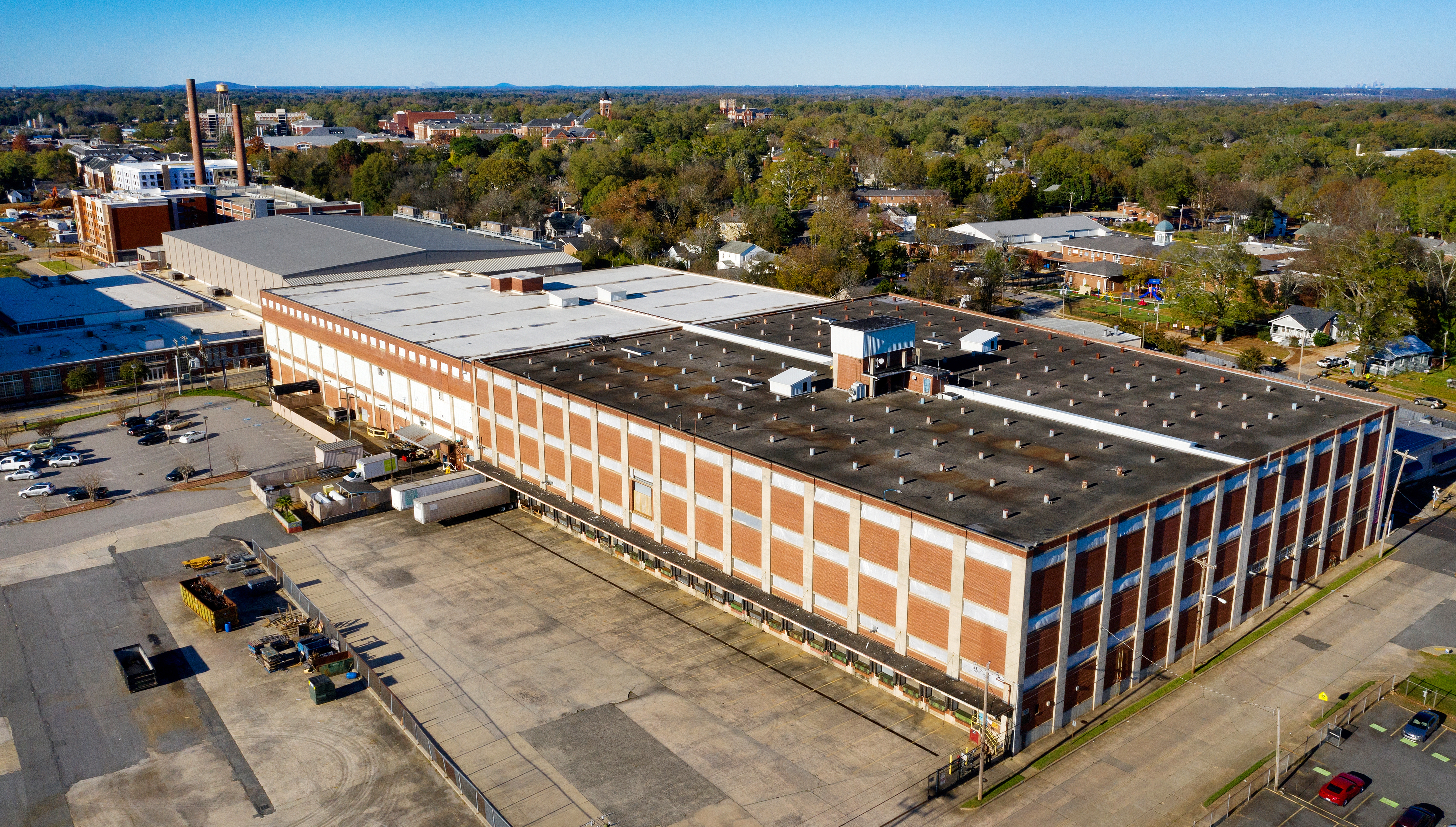In the evolving landscape of commercial real estate development, mixed-use projects have emerged as a dominant trend, reshaping urban environments and redefining how communities interact, live, and work. This progressive shift towards mixed-use developments is not only transforming cityscapes but also addressing several contemporary challenges faced by urban planners, developers, and residents alike. A prime example of this trend is The Thread, TKC’s development in Rock Hill, South Carolina, which exemplifies the benefits and potential of mixed-use projects.
Understanding Mixed-Use Developments
Mixed-use developments integrate residential, commercial, cultural, and institutional components into a cohesive community. These projects are designed to provide a seamless blend of work, living, and retail spaces, fostering a vibrant and dynamic environment. Unlike traditional single-use zoning, which separates residential areas from commercial and industrial zones, mixed-use developments aim to create a holistic and self-sustaining ecosystem – a symbiotic relationship between all tenants.
The Thread: A Case Study in Rock Hill, SC
The Thread redevelopment in Rock Hill, South Carolina, is a standout example of how mixed-use projects can rejuvenate urban areas and foster community growth. This project is transforming a historic textile mill site into a vibrant, multifunctional community hub.
Key Features of The Thread
-
- Historical Preservation and Modernization: The Thread weaves together the preservation of Rock Hill’s industrial heritage with modern amenities. The development includes the adaptive reuse of the historic Lowenstein Building, integrating its architectural charm with contemporary functionality.
-
- Residential and Commercial Integration: The Thread features a mix of residential units, office spaces, retail outlets, and dining establishments. This blend caters to diverse lifestyle needs, attracting both residents and businesses to the area.
-
- Community-Centric Design: The development of The Thread’s presence has had a heavy focus on the downtown Rock Hill community, the project includes public spaces such as parks, plazas, and cultural venues. Notably, The Freight Yard will serve as a gathering place for residents and visitors of downtown. These areas encourage social interaction and foster a sense of community.
-
- Sustainable Development Practices: The Thread is committed to sustainability, incorporating energy-efficient building designs, green spaces, and promoting walkability. This focus on eco-friendly practices enhances the quality of life while minimizing environmental impact.
Economic and Social Impact
The Thread is not only revitalizing a historic site but also stimulating economic growth and social cohesion in Rock Hill. By creating a dynamic mixed-use environment, the development attracts new businesses, residents, and tourists, contributing to the local economy. The integration of cultural and recreational facilities also enhances the social fabric of the community, making Rock Hill a more attractive place to live and work.
Key Components of Successful Mixed-Use Developments
Creating a thriving mixed-use development like The Thread requires careful planning and consideration of various factors:
-
- Integrated Design and Architecture: Successful mixed-use projects seamlessly blend different components through thoughtful design and architecture. This integration ensures a harmonious coexistence of residential, commercial, and recreational spaces, enhancing the overall user experience.
-
- Accessibility and Connectivity: Proximity to public transportation, major highways, and pedestrian-friendly pathways is crucial. Effective connectivity ensures easy access to and from the development, attracting residents and businesses alike.
-
- Community Engagement and Amenities: A well-rounded mixed-use development offers a range of amenities such as parks, community centers, retail outlets, and cultural venues. Engaging the community in the planning process helps identify the needs and preferences of potential users, fostering a sense of ownership and belonging.
-
- Flexibility and Adaptability: The ability to adapt to changing market demands and societal trends is vital for the long-term success of mixed-use developments. Flexible spaces that can be repurposed or reconfigured as needed help future-proof the development against obsolescence.
The shift towards mixed-use developments marks a significant evolution in commercial real estate. By addressing the demands of modern urban living, fostering community engagement, and promoting sustainability, these projects are set to redefine the urban experience for generations to come. Developments like The Thread in Rock Hill, SC, illustrate the transformative potential of mixed-use projects, offering a blueprint for sustainable and vibrant urban communities. As developers and urban planners embrace this trend, the future of our cities looks more integrated, efficient, and vibrant than ever before.
Related News

The Rise of Mixed-Use Developments: A Paradigm Shift in Commercial Real Estate
Mixed-use developments integrate residential, commercial, cultural, and institutional components into a cohesive community. These projects are designed to provide a seamless blend of work, living, and retail spaces, fostering a vibrant and dynamic environment.

TKC Holds Official Groundbreaking at The Thread
The Keith Corp. is collaborating with Springs Creative, Springsteen Properties Inc., and Capitol Broadcasting Co. Inc. on an ambitious Rock Hill project known as The Thread. This two-phase adaptive-reuse endeavor involves a significant investment of over $100 million.
